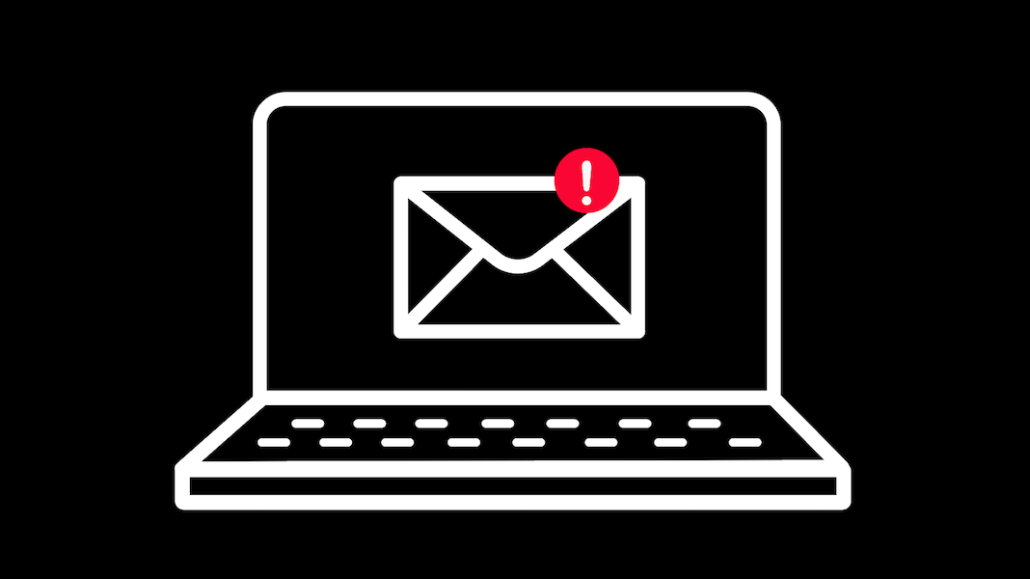Why some publishers don’t think Apple’s iOS17 update will impact their link tracking in newsletters

When Apple announced its iOS17 update (debuting in September) would come with new privacy and security features, some publishers were initially concerned that it would impact their ability to measure engagement rates — especially after the iOS15’s Mail Privacy Protection feature led to inflated and unreliable email open rates.
However, those fears — at least according to three publishers that have built their businesses around newsletters — have since abated. Unlike the murkiness that marketers face, the impact to newsletter publishers’ email analytics hopefully won’t be that impactful after all, they said.
An Apple spokesperson did not immediately return a request for comment.
Apple’s iOS17 update is rolling out in beta this month, with features that will automatically remove link trackers from URLs to stop tracking individual users through links in messages, over email and Safari private browsing. While some marketers are concerned that removing URL parameters could make campaign analytics less reliable, execs at Front Office Sports, The Gist and Industry Dive told Digiday they don’t think this will impact their ability to measure click-through rates, or other email analytics they count on.
“This isn’t going to affect newsletter publishers in any real way,” said Dan Oshinsky, who helps publishers and brands with their email strategy through his consultancy Inbox Collective, in an email.
Ad position: web_incontent_pos1
The update won’t remove the bits of code used to track the source of a click, called a UTM, from URLs in emails, Oshinsky concluded after researching the update’s changes and interviewing email service providers and vendors, who conducted their own tests. UTMs are added to URLs so that when a user clicks a link, they are briefly redirected to log their click through an email service provider like Mailchimp, before being taken to the intended website.
Media businesses use these UTM referrals as ways to track where their traffic is coming from to better understand their audience.
Execs at Front Office Sports, The Gist and Industry Dive told Digiday they are, for the most part, unfazed by Apple’s upcoming update because they use UTMs to track clicks from emails to their own sites, as opposed to some marketers that add additional data in URLs to identify the user (these identifying parameters are often tied to cookies, and from platforms like Facebook and Google to track web activity so that an advertiser can see if a user who clicked on a newsletter link later bought something on their website).
Ad position: web_incontent_pos2
None of the execs interviewed for this story had received direct communication from Apple on the iOS17 update, and had to do their own research to determine what’s to come.
“We were nervous, but that’s tempered a little bit,” said The Gist’s co-founder Ellen Hyslop. “We’re not feeling like it’s an S.O.S.”
Edgar Walker, vp of audience operations & analytics at Front Office Sports, said he’s not concerned. “iOS17 will not fundamentally change anything about click tracking or user engagements,” he said. The UTMs they use will still be able to track people coming to their site from their emails, Walker added.
Eli Dickinson, co-founder and CTO of Industry Dive, said he is “confident we’ll be able to track clicks the same way we always do.”
However, things can change between now and September, Dickinson noted. The real impact would be if Apple decided to add a feature similar to MPP, which opened emails on behalf of the user so that the senders couldn’t tell if the user actually opened the email. If Apple added a feature that opened every link in an email, “that would affect our metrics for sure,” Dickinson said. But it would be especially “messy” if it meant the feature would open the links that users click on to unsubscribe from a newsletter, he said.
All three newsletter publishing execs said they hadn’t fielded any concerns from the advertisers they work with on how this will impact their campaigns, either. One reason may be because execs said the advertisers they work with don’t typically rely on click-through rates to measure campaign effectiveness, instead relying on open rates and newsletter subscriber cohorts.
More in Media

NewFronts Briefing: Samsung, Condé Nast, Roku focus presentations on new ad formats and category-specific inventory
Day two of IAB’s NewFronts featured presentations from Samsung, Condé Nast and Roku, highlighting new partnerships, ad formats and inventory, as well as new AI capabilities.

The Athletic to raise ad prices as it paces to hit 3 million newsletter subscribers
The New York Times’ sports site The Athletic is about to hit 3 million total newsletter subscribers. It plans to raise ad prices as as a result of this nearly 20% year over year increase.

NewFronts Briefing: Google, Vizio and news publishers pitch marketers with new ad offerings and range of content categories
Day one of the 2024 IAB NewFronts featured presentations from Google and Vizio, as well as a spotlight on news publishers.
Ad position: web_bfu



